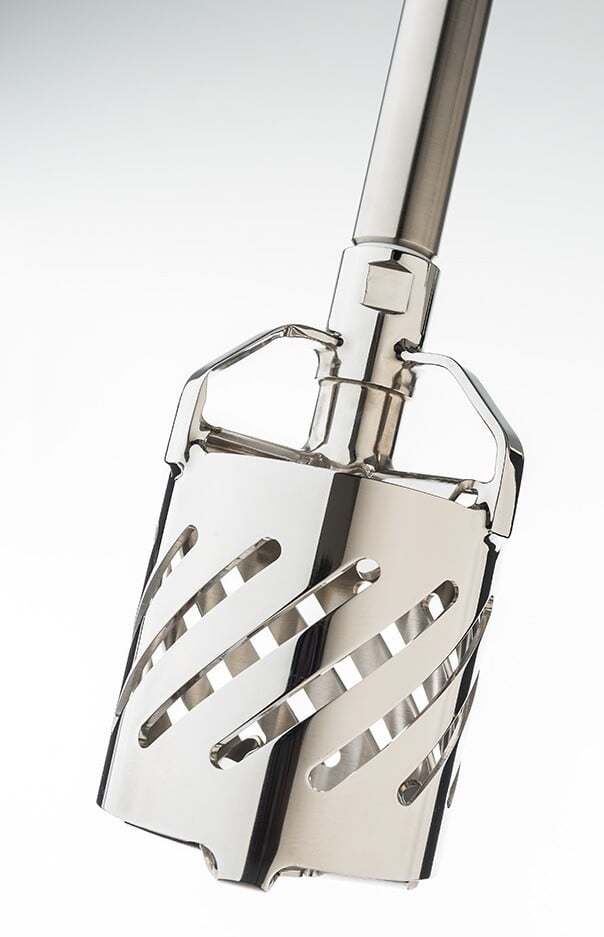
Admix has installed thousands of batch mixers around the globe, and our customers know that we have a robust field service program that offers on-site training, preventative maintenance programs, and in-plant audits.
Lock out critical speed – Top-entry batch mixers, like the Admix Rotosolver®, all have a “critical speed” – a harmonic that becomes obvious when the mixer is run in that speed range. Typically, it is seen in the form of a vibration or wobble in the shaft system. Many times this becomes apparent when a variable frequency drive (VFD) is added and the mixer speed is changed to optimize the process. Before varying the speed of any mixer, ask the manufacturer for the critical speed and recommended lockout range. Typically, you would lock out 20% on either side of the critical speed
Prevent corrosion of lower drive bearings – Tanks are often flooded for cleaning. Make sure that the mixer has a lower seal designed to keep cleaning solutions from entering the mixer drive. Also, consider adding a seal plate with a dual seal design. Many times a small offset elevation pedestal can be added to create an “air gap” between the mixer drive and the tanks mount nozzle to allow the cleaning solution to escape before entering the mixer drive.
Don’t run your mixer through drawdown or pump out – Some mixers are designed to run in fluid, while others can run completely dry, but no mixer is designed to run during drawdown (tank being discharged). Admix recommends adding a control parameter so when the tank outlet valve is opened or the transfer pump is turned on, the mixer automatically shuts off.
Check mixer shaft straightness – The straighter the shaft, the less radial load is put on the bearings. The less load on the bearing, the longer the life. Good preventive maintenance includes always checking shaft straightness to ensure that it is within tolerance. Get step-by-step instructions on how to check and correct shaft straightness in this service video.
Check mixer compatibility when making process changes – If your process changes, it is wise to check with the mixer manufacturer to ensure design compatibility with the new process. For example, not all mixers are designed to have frozen solids added directly to a vessel, which can cause severe deflection and shaft bending.
Properly position your mixing impeller – Some formulas demand that mixers run at low liquid levels so processors may need to mount the impeller closer to the bottom of the tank. A good rule of thumb is that an impeller should never be installed any closer than one impeller diameter from the bottom. Severe deflection, motor overloading. and premature bearing failure could result if mounted any closer.
